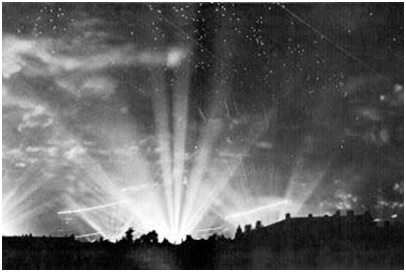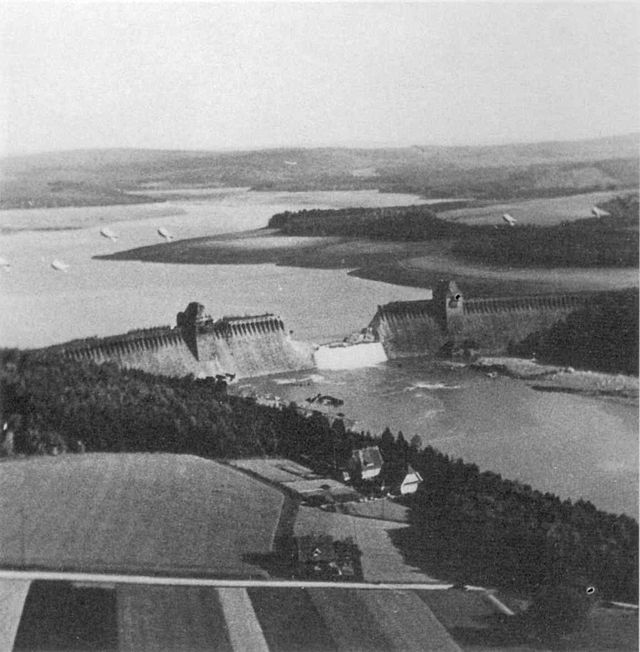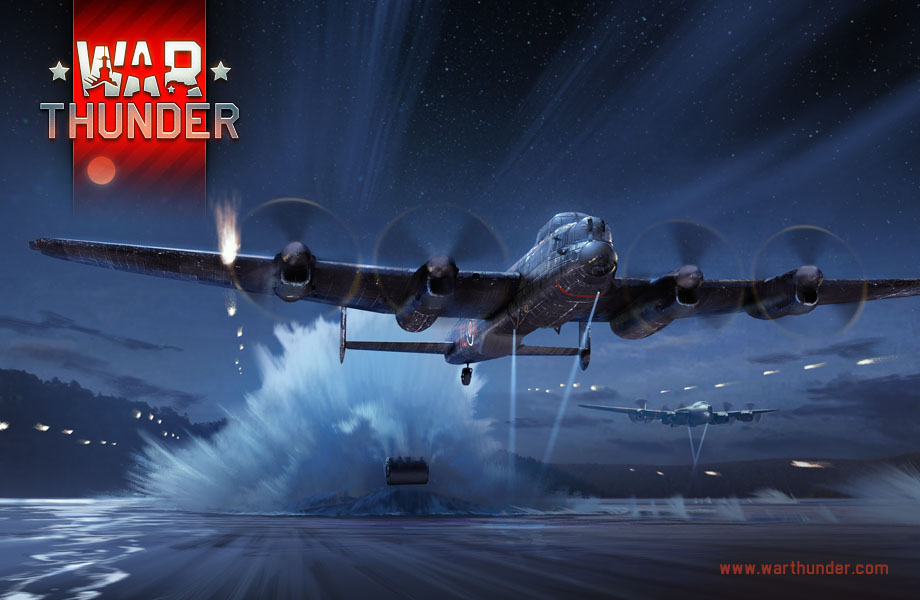
- For PC
- For MAC
- For Linux
- OS: Windows 10 (64 bit)
- Processor: Dual-Core 2.2 GHz
- Memory: 4GB
- Video Card: DirectX 11 level video card: AMD Radeon 77XX / NVIDIA GeForce GTX 660. The minimum supported resolution for the game is 720p.
- Network: Broadband Internet connection
- Hard Drive: 23.1 GB (Minimal client)
- OS: Windows 10/11 (64 bit)
- Processor: Intel Core i5 or Ryzen 5 3600 and better
- Memory: 16 GB and more
- Video Card: DirectX 11 level video card or higher and drivers: Nvidia GeForce 1060 and higher, Radeon RX 570 and higher
- Network: Broadband Internet connection
- Hard Drive: 75.9 GB (Full client)
- OS: Mac OS Big Sur 11.0 or newer
- Processor: Core i5, minimum 2.2GHz (Intel Xeon is not supported)
- Memory: 6 GB
- Video Card: Intel Iris Pro 5200 (Mac), or analog from AMD/Nvidia for Mac. Minimum supported resolution for the game is 720p with Metal support.
- Network: Broadband Internet connection
- Hard Drive: 22.1 GB (Minimal client)
- OS: Mac OS Big Sur 11.0 or newer
- Processor: Core i7 (Intel Xeon is not supported)
- Memory: 8 GB
- Video Card: Radeon Vega II or higher with Metal support.
- Network: Broadband Internet connection
- Hard Drive: 62.2 GB (Full client)
- OS: Most modern 64bit Linux distributions
- Processor: Dual-Core 2.4 GHz
- Memory: 4 GB
- Video Card: NVIDIA 660 with latest proprietary drivers (not older than 6 months) / similar AMD with latest proprietary drivers (not older than 6 months; the minimum supported resolution for the game is 720p) with Vulkan support.
- Network: Broadband Internet connection
- Hard Drive: 22.1 GB (Minimal client)
- OS: Ubuntu 20.04 64bit
- Processor: Intel Core i7
- Memory: 16 GB
- Video Card: NVIDIA 1060 with latest proprietary drivers (not older than 6 months) / similar AMD (Radeon RX 570) with latest proprietary drivers (not older than 6 months) with Vulkan support.
- Network: Broadband Internet connection
- Hard Drive: 62.2 GB (Full client)
From 15:00 GMT 15th of May till 07:00 GMT 18th of May, 2015
Participate in [Realistic battles] Operation “Chastise”, join the attack
as a British bomber or escort fighter pilot, or climb to the skies
as a German defender and face the overwhelming odds.
 On the 5th of March, 1943, the Battle of Ruhr was begun; a campaign of strategic bombing that took place during the Second World War. This campaign was planned as an assault on the German industrial area of Ruhr, and both British and American forces took part. The area was considered of high importance, due to its steelworks, fuel-coke plants, and synthetic oil plant. In this campaign, twenty six major offensive targets were bombed, including the Krupp armament works in Essen, the Nordsten synthetic oil plant in Gelsenkirchen, and the Rheinmetall-Borsig plant in Düsseldorf. It was in this campaign that the famous ‘Dambusters raid’, a.k.a. “Operation Chastise” was carried out on May 17th, 1943.
On the 5th of March, 1943, the Battle of Ruhr was begun; a campaign of strategic bombing that took place during the Second World War. This campaign was planned as an assault on the German industrial area of Ruhr, and both British and American forces took part. The area was considered of high importance, due to its steelworks, fuel-coke plants, and synthetic oil plant. In this campaign, twenty six major offensive targets were bombed, including the Krupp armament works in Essen, the Nordsten synthetic oil plant in Gelsenkirchen, and the Rheinmetall-Borsig plant in Düsseldorf. It was in this campaign that the famous ‘Dambusters raid’, a.k.a. “Operation Chastise” was carried out on May 17th, 1943.
For the British, Twin-engined Vickers Wellington medium bombers, and quad-engined Avro Lancaster heavy bombers took part in the offensive, as well as the Short Stirling and Handley Page Halifax.
 British raids took place during the night, as daylight raids were considered too dangerous due to heavy losses. RAF Bomber Command were using Pathfinder squadrons and made use of the bomber stream tactic. The pathfinder group was mostly made up of Mosquitos from 109 squadron.
British raids took place during the night, as daylight raids were considered too dangerous due to heavy losses. RAF Bomber Command were using Pathfinder squadrons and made use of the bomber stream tactic. The pathfinder group was mostly made up of Mosquitos from 109 squadron.
Despite cloud cover, and industrial generated pollution, an electronic navigation aid known as “Oboe”, using transponder radio technology, allowed Pathfinders to mark targets with flares during the dark hours of the night. Bombers would fly over the target areas outlined via guidance markers, and drop their bomb loads.
 The bomber stream concentrated the force of bombers into a small tight time slot, which was so effective that it overwhelmed fighter defences in the air and fire fighting attempts on the ground.
The bomber stream concentrated the force of bombers into a small tight time slot, which was so effective that it overwhelmed fighter defences in the air and fire fighting attempts on the ground.
Unlike the British, the USAAF, with B-17 Flying Fortress and the B-24 Liberator bombers available to them, carried out raids during daylight hours. The closely massed wings of the bombers provided good overall cover, allowing effective return fire against enemy fighters. With bombing raids from both British and American forces, during daylight and at night, there was little time to recover effectively. In addition to this, USAAF forces in the UK continued to increase during 1943. The majority of the bombings that took place were done by the RAF.
Despite their continued raids over the area, German defences continued to fight against their enemy, protecting their resources. AA cover was so fierce that the British nicknamed the Ruhr as “The valley of no return!”. The Campaign seriously disrupted German war production and led to great shortages of steel and armaments, which helped bring the end of the war closer.
The War Thunder Team




